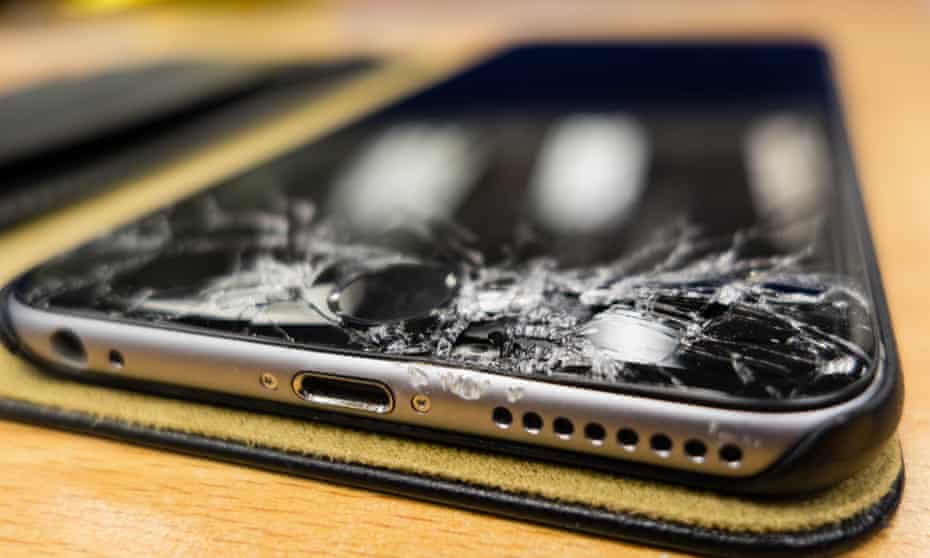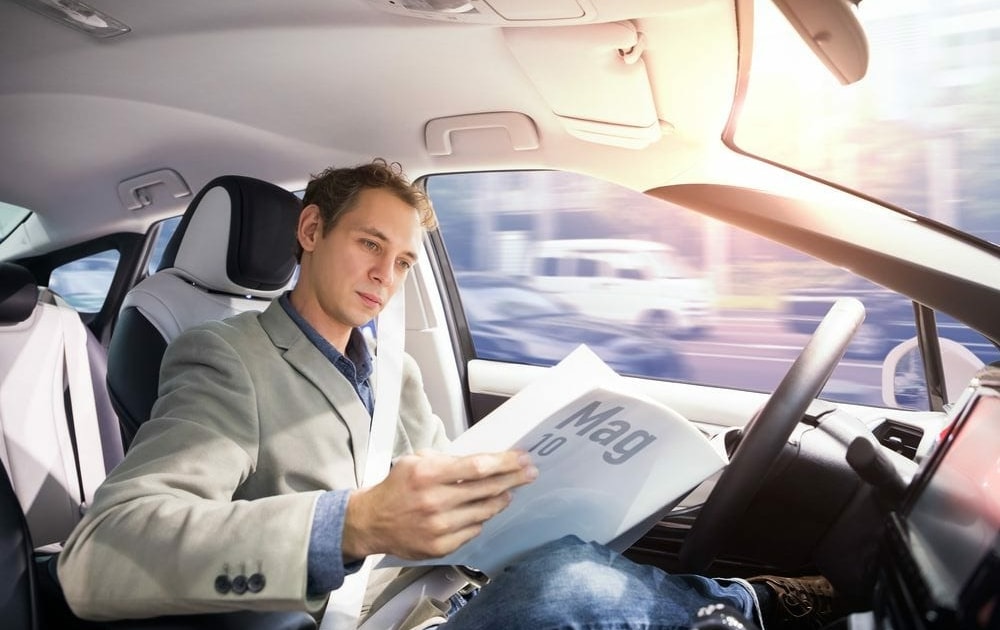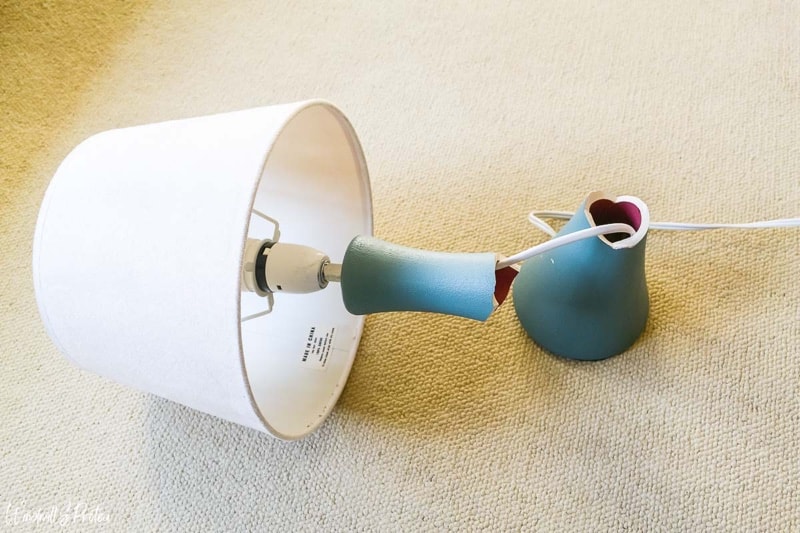Which checking account is right for me? 7 questions to find the right account!

You can save money on your checking account if you compare and are willing to switch. If you pay a basic monthly fee at a branch bank, even though you do everything online and don't need a personal contact anyway, you can save a double-digit amount each month. The fees for account cards, transfers, cash withdrawals and overdraft facilities also play a role here.
Finding the right account can sometimes be really tedious and lengthy. The choice is huge and as a normal account user you don't know exactly what you should look out for so that you don't regret your decision later.
That's why we at Kontofinder have created this compact guide for you. It will not only help you to find your desired account quickly and easily, but will also ensure that you do not overlook anything important when choosing an account.
Please briefly answer these 7 questions to get clarity on the right checking account for you in just a few minutes.
1. do you have a regular income?
Whether and how much money you earn has a big impact on which banks you can even open a checking account with.
With a regular income, ideally over $1,000 per month, and a high credit score, you have a good chance of getting an account with all lending institutions. Banks want to make a profit, after all, so they look forward to financially strong customers. They are also happy to grant students a free checking account if the course of study promises lucrative employment later on.
Private banks try however socially weak against a self obligation gladly to reject. If you earn only little, draw unemployment benefits or have debts, the choice is therefore significantly limited. In this case, it is advisable to have a current account on a credit basis (also known as an "everyman account"), which cannot be overdrawn. These credit accounts usually cost between $5 and $10 per month, but allow you to participate in payments.
2. Which banking options are important to you?
Branch bank or direct bank - that's the question here. The differences between a bank near you and an online-only bank on the Internet are long gone:
- In the meantime, almost all credit institutions, whether branch bank or direct bank, offer online banking.
- Postings by voucher are not only possible at the branch. At many direct banks, you can also send in voucher-based postings by mail. It should be mentioned here that higher fees are usually charged for this.
- Direct banks also often offer cash deposits. These are possible either at certain cash deposit machines or at subsidiaries of large banks.
- You no longer have to rely solely on your own bank's ATMs to withdraw money. There are several large banking associations to which the banks have joined, so that you can get cash at a variety of ATMs. In addition, many direct banks issue a free credit card to get cash at ATMs worldwide with Visa or Mastercard.
The only real difference is personal service. Therefore, ask yourself:
- How important is personal contact with bank employees to you?
- Do you want to have a bank branch nearby where you can always go?
- Are you prepared to accept the somewhat poorer current account conditions of a branch bank?
- Or is it enough for you to clarify questions and problems over the phone and conduct your banking transactions exclusively online?
So ask yourself what you really value and decide which type of bank, whether with a branch or purely online, makes the most sense for you.
Another important point in the decision is the fees. A branch bank will usually charge higher fees for account management and card use, since you have to maintain a branch network and the associated employees. A direct bank saves these costs and therefore usually offers you more favorable conditions.
Possible other access methods besides online banking and branch banking are telephone, fax or banking by mail. For some time now, many banks have also been offering account management via app. So think about which banking options you don't want to do without.
3. what basic fee are you willing to pay monthly?
0 dollars: If you have a regular income, you don't have to spend a dime on account maintenance these days. Many direct banks offer free checking accounts. Often, there's also an attractive $50 to $100 starting balance. To open such an account, however, you need a good credit rating. Pay close attention to possible special conditions, such as a certain amount of incoming salary (usually between $500 and $1,200), a certain number of monthly transactions or a certain balance in your account.
3 - $7: For this basic monthly fee, you get a standard account at most branch banks. But in exchange, you enjoy the benefits of the branch, i.e., direct contacts and a fixed location to make your incoming and outgoing payments.
$10: Some banks offer premium accounts. These usually cost about $10 a month and include exclusive special benefits, such as gold credit cards and comprehensive travel insurance coverage.
The monthly fees always seem very small, but add up over time. For example, if you open a checking account for $5 a month at a branch, that's $60 a year and $300 over 5 years. So think carefully about how much you are willing to spend.
4. What postings occur for you and how often?
Another cost factor is the bookings. Bank prices vary considerably, so it pays to take a close look at fees beforehand.
It is best to write down briefly how many bookings you expect per month. These include transfers, standing orders, direct debits, deposits and check deposits. Banks distinguish between paperless transactions, which you do online, and paper-based transactions, where you always use a receipt.
A lot of account holders pay too many fees without really knowing it.
Be smarter and follow these steps:
Step 1: Save yourself from unpleasant surprises and look at the list of prices and services for 5 minutes before choosing an account. You can usually find it under "Service" on the bank's website.
Step 2: Ask yourself which bookings you make frequently and whether you make them voucherless or voucher-based.
Step 3: Then check what the bank charges for them. Paperless transactions should always be free of charge. Documentary bookings usually cost more at direct banks.
Step 4: Optionally, add everything up and determine the total costs. Then you will know what you will have to pay and can compare the fees more easily with another offer.
In the list of prices and services, you can also see whether the bank of your choice offers all bookings. For example, there are some direct banks where cash deposits or check deposits are not possible at all.
5. does the bank offer secure TAN procedures?
Skip this question if you don't want to use online banking.
Cybercrime continues to increase. Therefore, it's important to think about the security of your online banking and choose a bank that offers mostly secure TAN procedures.
Choose a bank that offers the mTAN, pushTAN, eTAN or photoTAN procedure to be relatively safe.
6. where do you want to withdraw money?
The days are over when you could only withdraw money from your bank's ATMs.
Many banks have joined together to form banking associations so that you can also use third-party ATMs with your Girocard free of charge.
Before making your final decision, check whether your bank of choice belongs to one of the banking associations and whether this is sufficient for you.
Since direct banks do not operate ATMs, you had to find another way. For example, many major online banks issue a free credit card that allows you to withdraw money at almost any ATM in the U.S. and often fee-free abroad, which is ideal for frequent travelers.
7. Do you sometimes overdraw your checking account?
Skip this question if you never overdraw your account.
If you have more frequent unexpected payments or for other reasons your account is regularly in the red, it is worth looking at the overdraft interest rate beforehand.
The overdraft facility is a granted, limited amount overdraft on the current account, so that you can debit more money than you have in the account, to bridge short, financial bottlenecks…
Overdraft interest rates vary widely from 0.00% to 15.00%.
Initially, it is best not to overdraw your account in the first place and not live beyond your means. However, if external circumstances force you to overdraw your account, then choose a bank with lower overdraft interest rates to save money.
Example:
You overdraw your account by $1,500 for 2 months.
- Bank A offers an overdraft interest rate of 7.50%. Therefore, you pay $18.75.
- Bank B offers an overdraft interest rate of 12.50%. Thus, you pay $31.25.
The difference is therefore $12.50.
If you overdraw your account more often, it becomes even more important to choose an affordable overdraft facility. So be aware of this and choose a checking account with favorable overdraft rates if you regularly overdraw your account.
You and your needs are the focus
On the Internet, you are now overwhelmed by information. Everyone wants to push the seemingly perfect account on you without asking you first what you actually want and need.
We hope that this guide has been of some help and that you now know which current account suits you best.
A current account comparison is worthwhile
Current account comparisons on the Internet are a good way to help you choose an account. However, do not just look at the ratings and opinions of others, but form your own opinion. It is important to have a large selection and the possibility to compare the really important conditions. You can often enter your criteria in an input mask and receive a selection of possible current account offers as a result.














